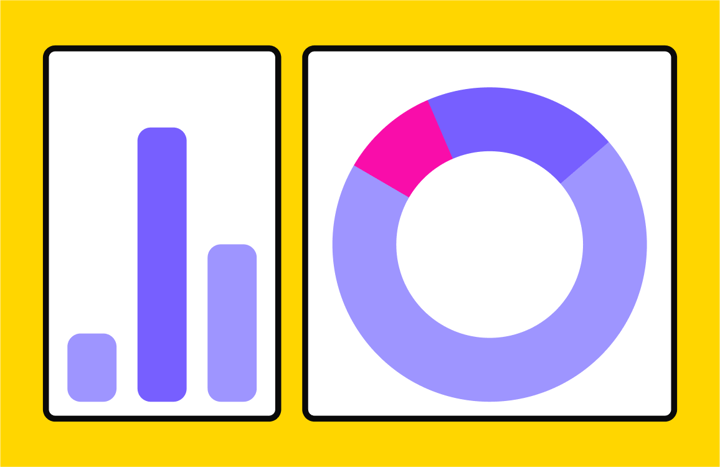Product Design Test Template
Dashboard Engagement
Reason & Benefit
Dashboards are a beast to do well. You need to balance detail and digestibility–and people are particular about their data!
Conducting Dashboard Engagement testing with UX metrics is essential for assessing whether a dashboard fulfills its intended function and engages users as expected. These metrics, including engagement, intent, usability, success, and satisfaction, help pinpoint areas where users may encounter difficulties or find the dashboard lacking. This approach facilitates targeted improvements, enhancing the user experience and ensuring the dashboard is intuitive and effective.
Furthermore, the benefits of employing UX metrics in dashboard engagement testing are substantial, impacting both user satisfaction and organizational efficiency. High usability and success rates indicate that users can access and utilize necessary information swiftly, boosting productivity. Additionally, consistently monitoring satisfaction and intent ensures the dashboard evolves with user needs, maintaining its relevance and effectiveness in decision-making processes.
Research Stack
These are the UX metrics that are used to measure dashboard engagement in your research stack:
- Engagement: Measures how actively users interact with a dashboard, such as frequency of use and depth of interaction.
- Intent: Assesses whether users are using the dashboard for its intended purpose based on their actions and navigation patterns.
- Success: Evaluates the effectiveness of the dashboard in enabling users to achieve their goals, often measured by task completion rates.
- Usability: Quantifies how easy and intuitive the dashboard is for users to interact with, including navigation ease and error rates.
- Satisfaction: Gauges users’ overall contentment with the dashboard experience, typically collected through surveys or feedback forms.
See Organizational Benefits in these Performance Metrics
- Click-through rate (CTR): The percentage of users who click on a specific link out of the total users who view a page or advertisement.
- Bounce rate: The percentage of visitors who leave a site after viewing only one page, indicating the lack of engagement with the site content.
- Visit frequency: Measures how often users return to the site over a given period, reflecting user loyalty and continued interest.
- Recency: Assesses the amount of time since a user’s last visit, helping to understand user engagement over time.
- Session duration: The average amount of time users spend on the site during a single session, indicative of engagement depth.
Test Breakdown
- Engagement
- Why? Evaluate where users take action first on the page, and whether those first-click points are where your team wants early engagement to occur.
- “Click where you would go first on this page.”
- Intent
- Why? Gauge what parts of the page users are most eager to interact with. This will reveal whether the engagement you see from your participants is targeted towards your business goals.
- “What are you most interested in doing on this banking dashboard?”
- Usability
- Why? Use click directives to measure user’s success with taking key actions on their dashboard. The success of multiple actions on a page can be calculated to determine the dashboard’s overall usability.
- “Click where you would go if you need to make a payment for an upcoming bill.”
- Satisfaction
- Why? See how users feel about interacting with the dashboard after the fact. Post-task satisfaction is calculated through the tried and true method of CSAT (customer satisfaction) scores.
- “How do you feel about interacting with this banking dashboard?”




